Type Noodles Serving temperature Hot, cold | Place of origin Japan Main ingredients Buckwheat | |
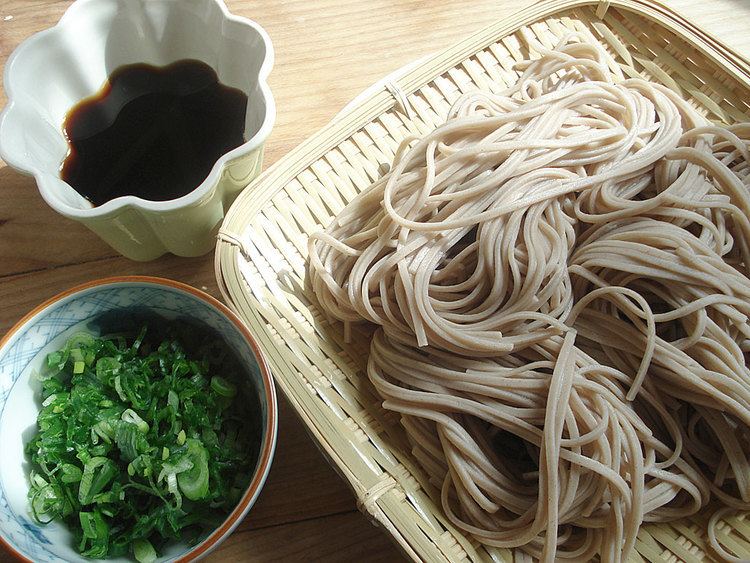 | ||
Similar | ||
How to eat japanese soba noodles let s enjoy japanese culture in chiyoda city
Soba (そば or 蕎麦) (/ˈsoʊbə/, [soba]) is the Japanese name for buckwheat. It usually refers to thin noodles made from buckwheat flour, or a combination of buckwheat and wheat flours (Nagano soba). They contrast to thick wheat noodles, called udon. In Japan, the word can refer to any thin noodle. Soba noodles are served either chilled with a dipping sauce, or in hot broth as a noodle soup.
Contents
- How to eat japanese soba noodles let s enjoy japanese culture in chiyoda city
- Delicious soba noodles japanese buckwheat noodles fung bros food
- Variety of plant
- History of soba in Japan development of eateries
- Serving soba
- Common soba dishes
- Cold soba dishes
- Hot soba dishes
- Soba served on special occasions
- Nutritional value of soba
- Varieties of soba noodles and types of soba in Japan
- Other uses of the word soba
- References
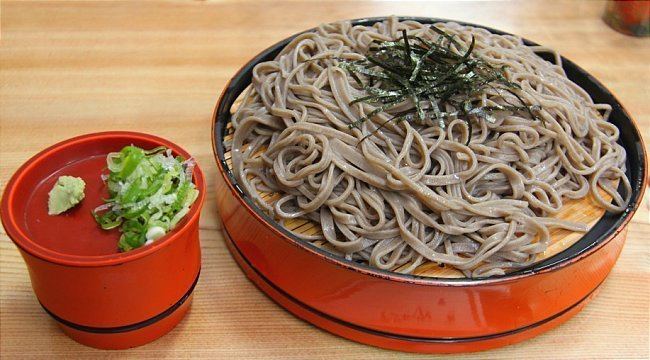
In Japan, soba noodles are served in a variety of settings: they are a popular inexpensive fast food at railway stations throughout Japan, but are also served by expensive specialty restaurants. Markets sell dried noodles and men-tsuyu, or instant noodle broth, to make home preparation easy. There are a wide variety of dishes, both hot for winter and cold for summer, using these noodles.
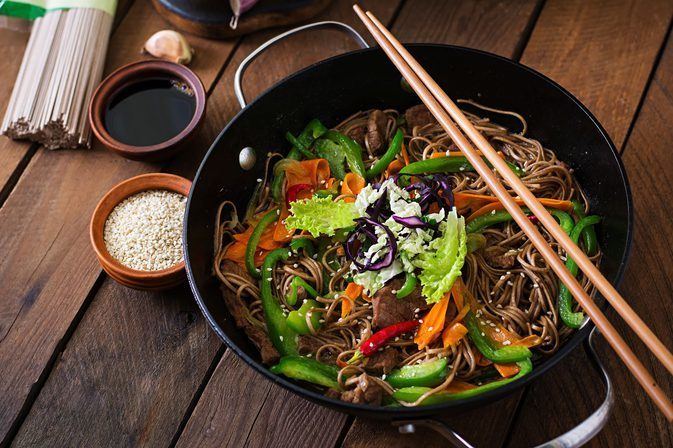
Soba is a good nutritional addition to a diet reliant on white rice and wheat flour. Thiamine, missing from white rice, is present in soba; eating thiamine (vitamin B1) can help prevent the disease beriberi. Soba contains all eight essential amino acids, including lysine, which is lacking in wheat flour. The tradition of eating soba arose in the Edo period.
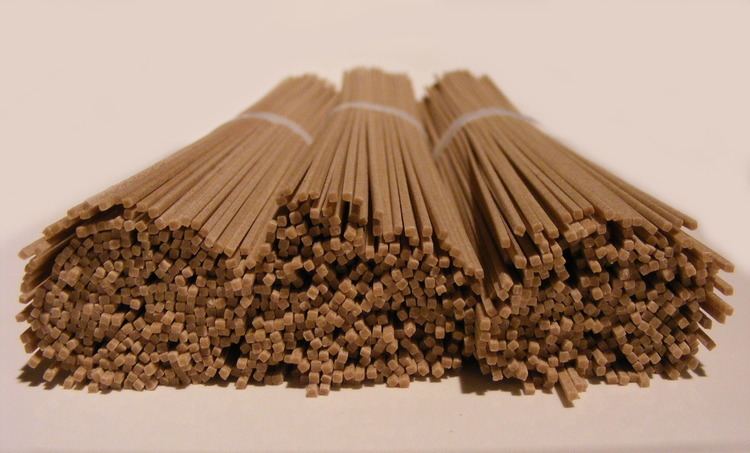
Delicious soba noodles japanese buckwheat noodles fung bros food
Variety of plant
Fagopyrum esculentum, Moench originating in Manchuria.
History of soba in Japan, development of eateries
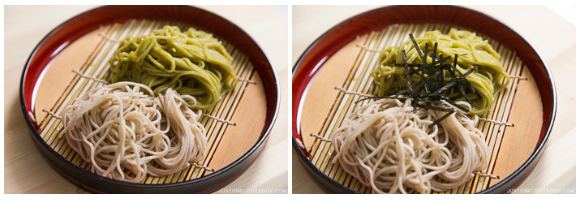
The tradition of eating soba originates from the Tokugawa period, also called the Edo period, from 1603 to 1868. In the Tokugawa era, every neighborhood had one or two soba establishments, many also serving sake, which functioned much like modern cafes where locals would stop for a casual meal. At that time, the population of Edo (Tokyo), being considerably wealthier than the rural poor, were more susceptible to beriberi due to their high consumption of white rice, which is low in thiamine. It was discovered that beriberi could be prevented by regularly eating thiamine-rich soba.
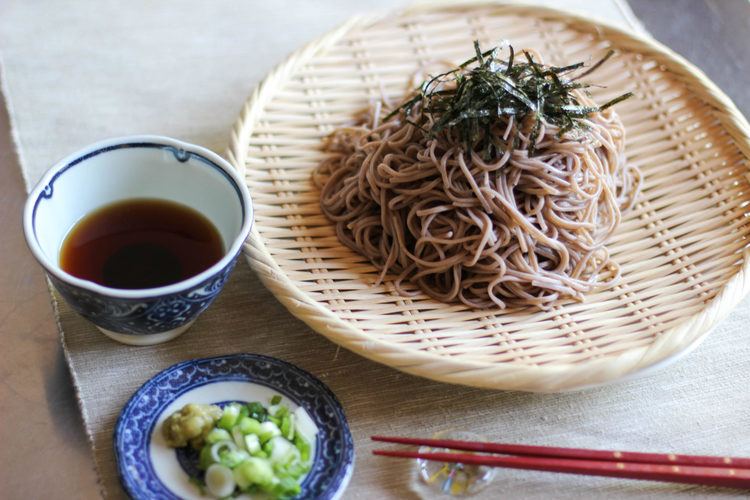
Some establishments, especially cheaper and more casual ones, may serve both soba and udon as they are often served in a similar manner. Soba is the traditional noodle of choice for Tokyoites.
Serving soba
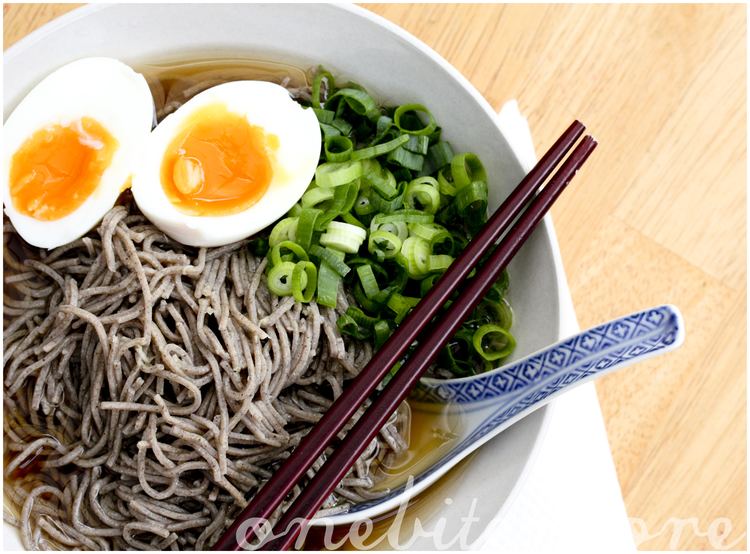
Soba is typically eaten with chopsticks, and in Japan, it is considered acceptable to slurp the noodles noisily. This is especially common with hot noodles, as drawing up the noodles quickly into the mouth helps cool them. However, quiet consumption of noodles is no longer uncommon.
Common soba dishes
Like many Japanese noodles, soba noodles are often served drained and chilled in the summer, and hot in the winter with a soy-based dashi broth. Extra toppings can be added to both hot and cold soba. Toppings are chosen to reflect the seasons and to balance with other ingredients. Most toppings are added without much cooking, although some are deep-fried. Most of these dishes may also be prepared with udon.
Cold soba dishes
Chilled soba is often served on a sieve-like bamboo tray called a zaru, sometimes garnished with bits of dried nori seaweed, with a dipping sauce known as soba tsuyu on the side. The tsuyu is made of a strong mixture of dashi, sweetened soy sauce (also called "satōjōyu") and mirin. Using chopsticks, the diner picks up a small amount of soba from the tray and dips it in the cold tsuyu before eating it. Wasabi and scallions are often mixed into the tsuyu. Many people think that the best way to experience the unique texture of hand-made soba noodles is to eat them cold, since letting them soak in hot broth changes their consistency. After the noodles are eaten, many people enjoy drinking the water in which the noodles were cooked (sobayu蕎麦湯), mixed with the leftover tsuyu.
Hot soba dishes
Soba is also often served as a noodle soup in a bowl of hot tsuyu. The hot tsuyu in this instance is thinner than that used as a dipping sauce for chilled soba. Popular garnishes are sliced long onion and shichimi togarashi (mixed chili powder).
Soba served on special occasions
Soba is traditionally eaten on New Year's Eve in most areas of Japan, a tradition that survives to this day (Toshikoshi soba; English: from one year to another). In the Tokyo area, there is also a tradition of giving out soba to new neighbors after a house move (Hikkoshi soba), although this practice is now rare.
Nutritional value of soba
100 grams of cooked soba yields 99 kcal (410 kJ) of energy. Soba contains all eight essential amino acids, including lysine, which is lacking in wheat.
Soba contains a type of polysaccharide that is easily digested. Soba noodles also contain antioxidants, including rutin and quercetin, and essential nutrients including choline, thiamine and riboflavin.
Varieties of soba noodles and types of soba in Japan
Buckwheat is ready for harvest in three months, allowing four crops a year, mainly in spring, summer, and autumn. In Japan, buckwheat is produced mainly in Hokkaido. Soba that is made with newly harvested buckwheat is called "shin-soba". It is sweeter and more flavorful than regular soba.
The most famous Japanese soba noodles come from Nagano. Soba from Nagano is called Shinano Soba or Shinshu soba. Ni-hachi (二八, two-eight) soba, consists of two parts of wheat and eight of buckwheat; Juwari (十割, 100%) soba, the finest (and usually most expensive) variety, consists entirely of buckwheat.
By location
By ingredients
Other uses of the word soba
Soba is also the Japanese word for buckwheat. Roasted buckwheat kernels may be made into a grain tea called sobacha, which may be served hot or cold. Buckwheat hulls, or sobakawa (also called sobagara), are used to fill pillows. Sometimes, beers are made with roasted buckwheat added as a flavoring, and called "soba ale".
Soba is occasionally used to refer to noodles in general. In Japan, ramen is traditionally called chūka soba (中華そば) or, before the end of the Second World War, shina soba (支那そば). Both of these mean "Chinese noodles", though the word shina was replaced by chūka because the Chinese considered the former term offensive. Parboiled chūka soba is stir-fried to make yakisoba. The name ramen is the Japanese pronunciation of the Chinese lamian (拉麺). Note that these noodles do not contain buckwheat. In this context, 'soba' noodles proper are called nihon soba (日本蕎麦, 'Japanese soba') as opposed to chūka soba.
In Okinawa, soba usually refers to Okinawa soba, a completely different dish of noodles made out of flour, not buckwheat. Okinawa soba is also quite popular in the city of Campo Grande (Brazil), due to influence of Japanese (Okinawan) immigrants. It is eaten at street markets or in special restaurants called "sobarias".
